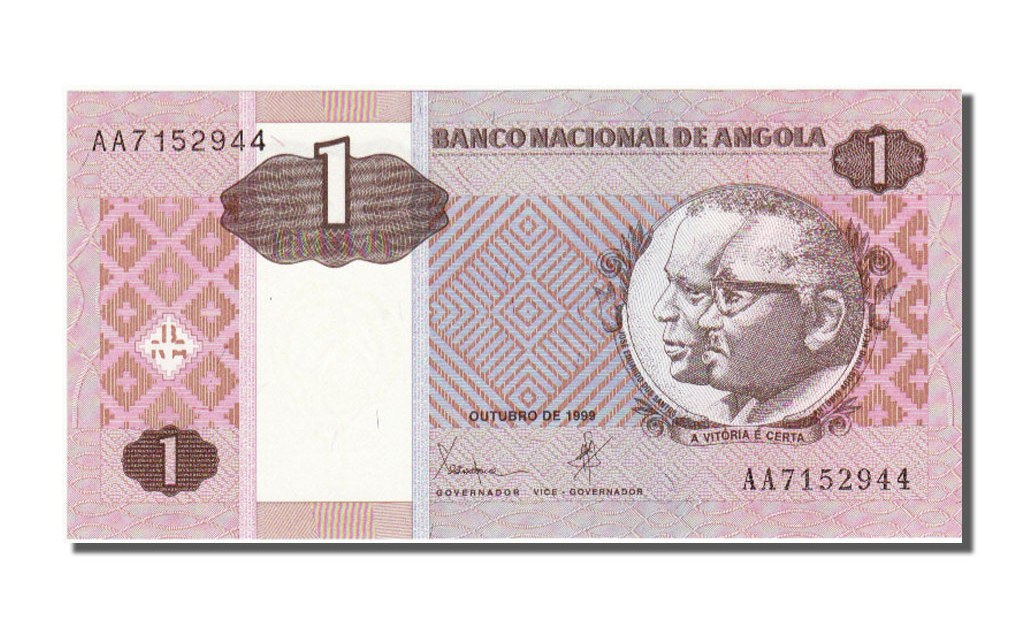The National Bank of Angola (BNA) holded a press conference on Tuesday in Luanda to present the new Kwanza bank note family "2020 series", at a time when the national currency has already depreciated 16.9 and 17.2 percent, respectively, against the dollar and euro since the beginning of the year.
Angola is to have as from July 30 a new series of banknotes (2020 series) made of polymer, which resembles to plastic, announced Tuesday the governor of the National Bank of Angola (BNA), José Lima Massano.
The governor explained that the new banknotes would enter into circulation gradually as from July 30, with the integration of 200 Kwanza (AKz) banknotes, being 500 kwanzas introduced in September, 1,000 in October and 2,000 in November.
Currently, Massano said, despite of the legal provision, the AKz 10,000 banknotes are not expected to enter into circulation unless it proves absolutely necessary. The entry into service will be progressive in order to allow knowledge of its characteristics and ensure that it is available in national territory, the BNA governor said. The new banknotes will coexist with the existing ones of 2012 series until December 31 of 2021.
The BNA, Massano said, will publish the timetable for the withdrawal of the older banknotes; in the meantime, the current coins will remain in circulation without any change. José Lima Massano explained that with the polymer banknotes there is the possibility of better usage and financial savings in the management of currency circulation.
"No less important is the fact that the new substrate is recyclable, making them more environmental friendly", Massano said.
The face of the former head of State, José Eduardo dos Santos was removed from the banknotes

As a new feature, in the 2020 series, the sphinx stamped on the banknotes now only has the face of the first President of Angola, António Agostinho Neto, unlike the current which also includes the former head of State, José Eduardo dos Santos.
Approved by the National Assembly in January this year, the new notes, with face value of 200, 500, 1000, 2000, 5000 and 10000 kwanzas, were also illustrated with the natural wonders of Angola.
On the 200 note are the Black Stones of Pungo to Ndongo (Malange), the 500 note features the Tundavala Cleft (Huila), the 1,000 - the Central Plateau (Huambo), the 2,000 - the Leba Mountain (Huila), the 5,000 - São Salvador of Congo Cathedral (Zaire) and the 10,000- to Zenzo Caves (Uige).
The new Kwanza banknotes will be safer, with characteristics that make it difficult to forge them, according to guarantees given by the governor of the BNA, José de Lima Massano.
The banknotes will have polymer (plastic) substrates that will make them more resistant and have greater durability than paper banknotes in circulation.
With the current paper banknotes, the state spends 30 million US dollars to maintain the Kwanza in circulation every two years.
The new Kwanza series will cost the same, but will be maintained every four years.
In this operation of issuing new banknotes, according to José de Lima Massano, the BNA planned to spend USD 30 million, the same amount used for the sanitation (replacement) of the banknotes in circulation in the country.
The introduction of the new banknote family will be progressive, particularly those with a higher denomination and will only be issued and put into circulation when economic development conditions so advise, he explained at the time.



No comments:
Post a Comment
Note: only a member of this blog may post a comment.